Nuclear power: future energy solution or potential war target?
By Ray Hughes | September 16, 2024
Ukraine’s president posted a video of a fire at Ukraine’s Zaporizhzhia nuclear power plant on social media on August 11, 2024. Credit: Ukrainian Presidency
Innovative small modular reactors, floating nuclear plants, and microreactors offer potential routes to decarbonization that many countries are embracing. However, these emerging technologies elevate concerns that wartime attacks could expose warfighters and civilians to nuclear fallout. The risk of such exposure could enable states or non-state actors to threaten nuclear consequences without violating the taboo against using nuclear weapons—weakening international resolve to intervene in conflicts.
Russia’s occupation of Ukraine’s Zaporizhzhia nuclear power plant has already set a dangerous precedent that could sway the course of future wars. More recently, Russia’s Kursk nuclear power plant also came under threat when Ukrainian forces advanced across the border.
The threat to these nuclear facilities underscores how both Russia and Ukraine view nuclear power plants as strategic assets that could bolster their negotiating positions in potential cease-fire discussions. Nuclear power plants could increasingly become strategic targets in war, and the emergence of advanced nuclear technology is likely to spread that danger to new regions of the world.
Caught in the crossfire. Shortly after Russia invaded Ukraine in 2022, fighting broke out around Zaporizhzhia, the largest nuclear power plant in Europe. Direct attacks resulted in a temporary loss of electrical power for cooling, leading many observers in Ukraine and across the world to fear a nuclear disaster.
The Russian military continues to occupy the Zaporizhzhia plant, despite demands from the international community that Russia withdraw from the plant. International Atomic Energy Agency (IAEA) Director General Rafael Mariano Grossi has visited Zaporizhzhia five times—most recently on September 5—in an effort to assess the safety and security of the plant and avert a disaster. On September 9, Grossi stated that Zaporizhzhia still suffers from regular explosions, drone attacks, and gunfire—increasing the risk of an accident. Zaporizhzhia’s six reactors currently remain in cold shutdown, and the IAEA has advised that no reactor should be restarted while the conflict continues.
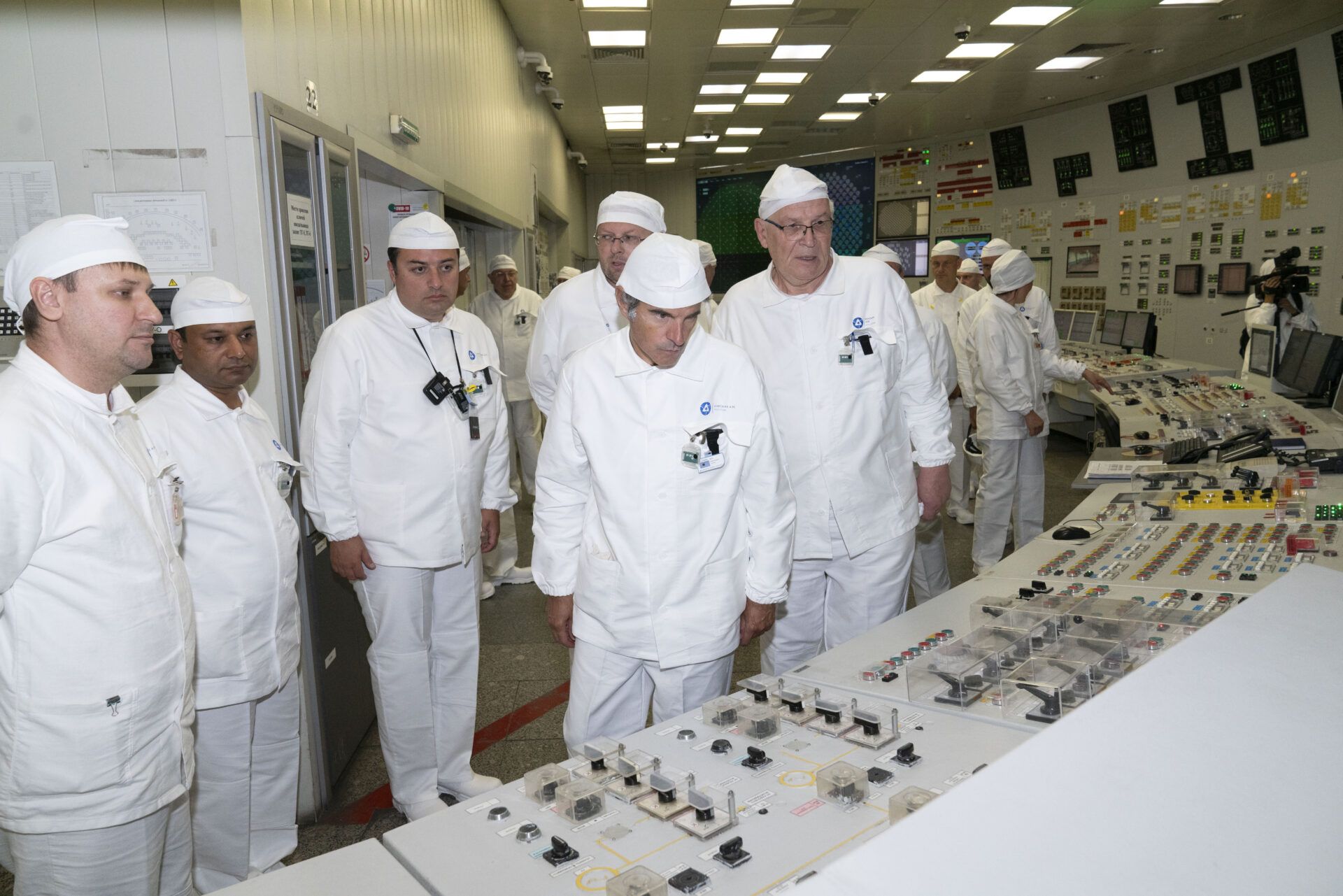
A few weeks before Grossi last visited Zaporizhzhia, Ukrainian forces crossed the Russian border and entered the Kursk region in a significant escalation of the conflict. As the Ukrainians gained territory, international concern grew regarding the safety of the Kursk nuclear power plant, one of the three largest in Russia. The IAEA issued statements expressing alarm over the plant’s security, particularly in light of reports that Russian forces were digging trenches around the facility in anticipation of Ukrainian advances.
Grossi visited the Kursk plant on August 27 and warned of the risk of a serious nuclear accident. Shortly before Grossi’s visit, Putin accused Ukraine of trying to attack the facility but provided no details or evidence. Amid the advances on Kursk, a fire erupted in one of Zaporizhzhia’s cooling towers, with both Russia and Ukraine pointing fingers at each other.
Nuclear power plants are designed to withstand terrorist attacks, but in the future will also have to be prepared for the possibility of an attack by another state.
Solution to the climate crisis? Climate change and international efforts to reduce carbon emissions have accelerated the ongoing debate about building new nuclear power plants. These debates persist not only in existing nuclear states but increasingly across developing states that have expressed sincere interest in nuclear power. There are about 30 countries that are considering, planning, or starting nuclear power programs around the world, with the majority looking to build small modular reactors.
Small modular reactors (SMRs) are often advertised as the solution to the climate crisis. Proponents argue that SMRs will be more affordable, safer, and better equipped to prevent the proliferation of nuclear weapons due to their sealed designs; however, this claim has yet to be substantiated. The IAEA highlights that there are currently over 80 SMR designs under development in 18 different countries.
The emergence of this new technology is happening at a time when nuclear power plants have become strategic targets in Russia’s war on Ukraine. This has renewed interest in, and international debate about, the need to establish a new convention to protect nuclear power plants during military conflicts.
Some voices insist that the Additional Protocols to the Geneva Conventions adopted in the 1970s are sufficient to protect civil nuclear power plants. Despite these protocols, however, Russia has set a dangerous precedent that an occupying army can use a nuclear power plant to shield itself from an adversary’s attacks. The nuclear power plant then becomes a valuable strategic asset, because the risk of a nuclear accident deters the defender from trying to liberate the plant.
Rising risks. The promise of SMRs will likely increase the number of nuclear power plants worldwide from the current 416 reactors in 32 countries. Many states in the Middle East and Africa have expressed interest in SMRs and are in volatile areas that face a heightened risk of armed conflict. It is imperative to establish an international initiative to prevent nuclear power plants from becoming wartime targets, while ensuring that the effort does not hinder the growth of nuclear energy, particularly in developing countries.
Russia is the world leader in nuclear technology exports and is currently building nuclear reactors in China, India, Iran, Egypt, and Turkey—and constantly looking for new markets. Russia also uses its state-owned-and-operated nuclear corporation Rosatom as a diplomatic tool to counter the influence of the West in many conflict-prone regions. For example, in 2023 Rosatom signed nuclear cooperation agreements with Mali and Burkina Faso, two unstable countries in Africa that have suffered from multiple coups d’etats and terrorism in the Sahel region. These countries have the right to establish nuclear power, but their history of instability makes the acquisition of nuclear technology risky. Given that Russia is the leading exporter of nuclear technology while also being directly involved in conflicts near nuclear power plants, the international community faces a delicate challenge in establishing standards for protecting these plants during times of conflict.
The risks associated with nuclear energy during wartime are not solely heightened by commercial nuclear power. The US Defense Department’s Project Pele intends to provide the military with a transportable power source for a variety of operational needs such as disaster response and power generation at remote locations. Mobile microreactors would provide the military with a clean alternative to fossil fuels, but they should not be deployed to a war zone or unstable region, as they could become attractive targets for an adversary.
The US military is not alone. China has plans to deploy mobile floating nuclear power plants, similar to Russia’s Akademik Lomonosov, in support of its sovereignty claims in the South China Sea. In the event of a major conflict in the region over Taiwan, these floating nuclear power plants would become vulnerable targets for potential nuclear accidents, thus posing a significant risk.
New agreement needed. Warfighting around the Zaporizhzhia and Kursk nuclear power plants represents a dangerous paradigm shift. The safety and security concerns of nuclear power plants has escalated from terrorist threats to major powers occupying and attacking nuclear power plants. If the appetite for nuclear energy grows, the international community must establish an agreement to protect nuclear power plants during conflicts.
The risk of a nuclear catastrophe has the power to profoundly alter the future dynamics of both warfare and energy. Time is running out to establish a cooperative international environment for negotiating a new agreement.
The views and opinions expressed here are those of the author and do not necessarily represent the opinions of Lawrence Livermore National Laboratory, Lawrence Livermore National Security LLC, the US Energy Department, the National Nuclear Security Administration, or the United States government, and shall not be used for advertising or product endorsement purposes. The LLNL document release number: LLNL-MI-869196.
Together, we make the world safer.
The Bulletin elevates expert voices above the noise. But as an independent nonprofit organization, our operations depend on the support of readers like you. Help us continue to deliver quality journalism that holds leaders accountable. Your support of our work at any level is important. In return, we promise our coverage will be understandable, influential, vigilant, solution-oriented, and fair-minded. Together we can make a difference.



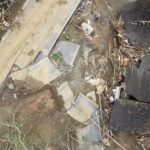
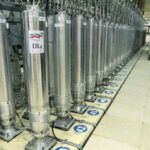
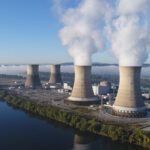


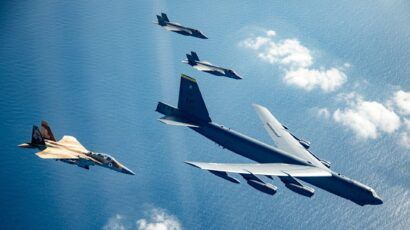
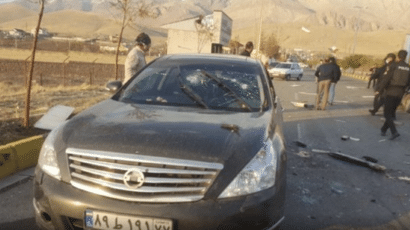
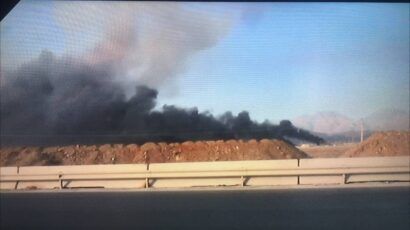





the US will need small small offshore plants. We should not fall behind technology.
Though there have been hundreds of breathless articles about the risks associated with actions at or near the Zaporizhzhia nuclear power station, there has been no actual effect on public health and safety. Given the long period since the reactors last operated, a power interruption cannot cause core damage that would release any radioactive material. Releasing material at this point would require repeated direct attacks that can penetrate both the thick concrete and steel containment structures and the 6-9 inch thick pressure vessel that is the primary boundary around the core. Successfully breaking the thick piping wouldn’t cause anything but… Read more »